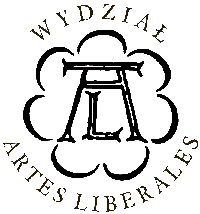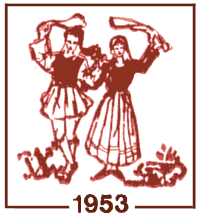The project is financed by the National Science Center and carried out at the Faculty „Artes Liberales” at the University of Warsaw in cooperation with the Dora Stratou Dance Theatre


| Testimony of: | knife |
| Source | Ρωμαίος 1973-1974, 240 (in: EEH, sv. μαχαίρι, p. 380) |
| Original text | Ο θεσσαλικός "Χορός του μαχαιριού" χορεύεται, στις βασικές φιγούρες του, ως εξής: Οι χορευτές είναι δύο. Ο ένας χορευτής παριστάνει τον θύτη και κρατάει το μαχαίρι. Ο άλλος παριστάνει το θύμα και είναι άοπλος. Επειτα από πολλές και διάφορες χορευτικές κινήσεις που γίνονται κυκλικά κοντά και γύρω από το "θύμα", έρχεται κάποτε και η στιγμή της θυσίας. Ο θύτης αρχίζει, ανάμεσα από επιδέξιες χορευτικές κινήσεις, να κόβη μιμητικά από το θύμα το ένα του αυτί που το πετάει πέρα - και το πετάει με πολλή προσποιητή περιφρόνηση - έπειτα να κόβη το άλλο του αυτί και αργότερα να κόβη τη μύτη του. Κάποτε τέλος - επειδή και το θύμα σ' όλο το διάστημα τούτο δεν παύει να προσφέρεται προκλητικά και επίμονα - του δίνει μια και το ξεκοιλιάζει μιμητικά, ανοίγοντάς του τα εντόσθια. |
| English translation | The Thessalian “dance of the knife” is danced in basic figures as follows: there are two dancers. One of them represents the attacker and holds the knife. The other represents the victim and has no knife. After many different dancing moves that happen in circles close and around the “victim”, the moment of sacrifice finally arrives. The perpetrator begins - amidst the skilful dancing moves - and imitates cutting off an ear of the victim, “throwing” it away - with much feigned contempt; then, he cuts off the second ear, and then his nose. In the end – because the victim, through all this time behaves provocatively and persistently – he stabs the victim and mimetically disembowels him, spilling offal. |
| Region of occurence | Karditsa - Show on map |
| Function | confirming manliness/dexterity, |